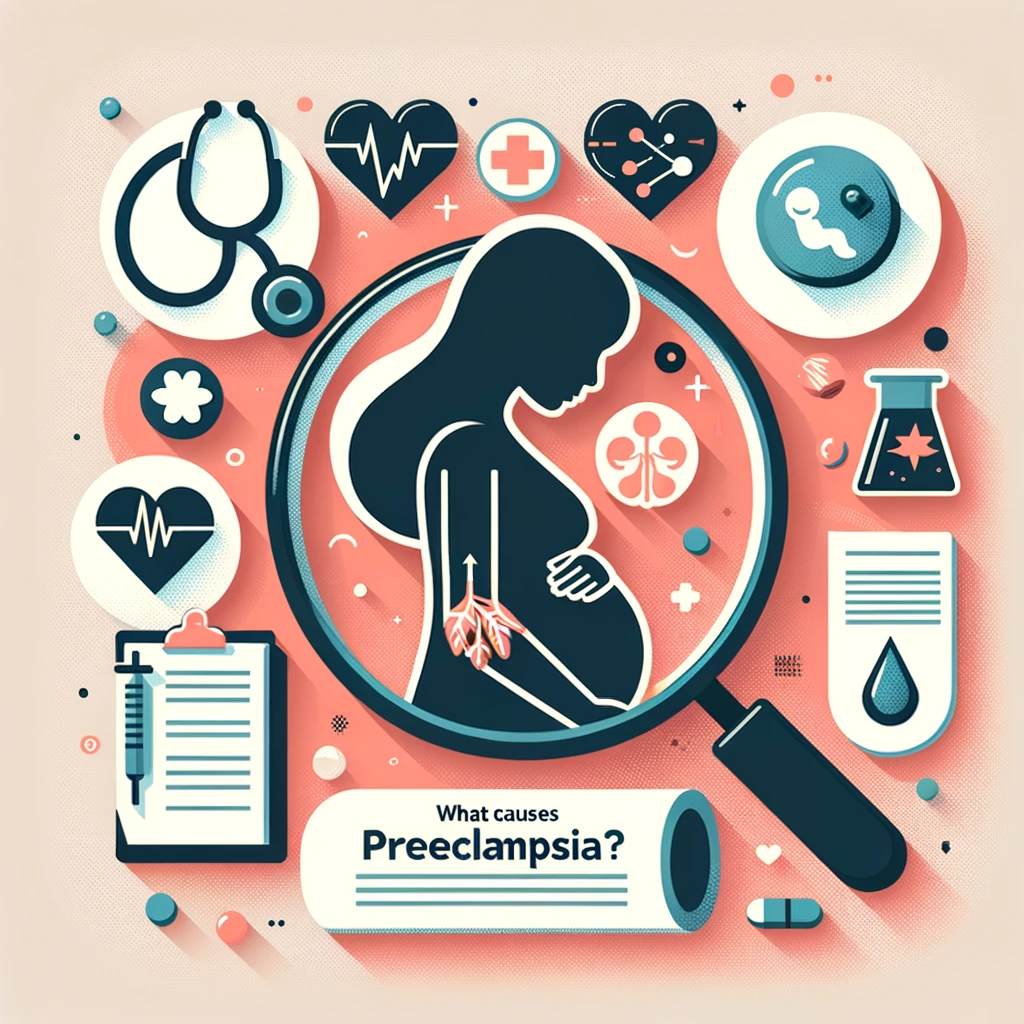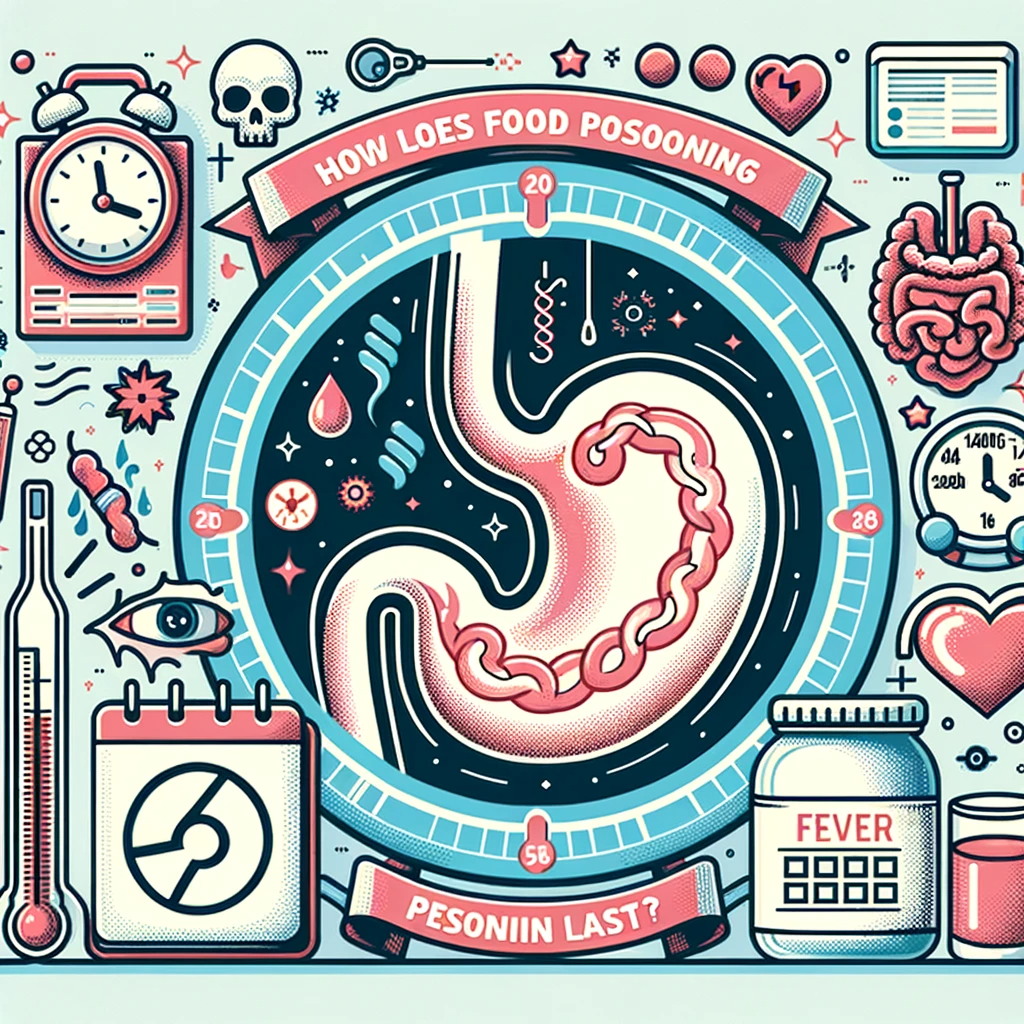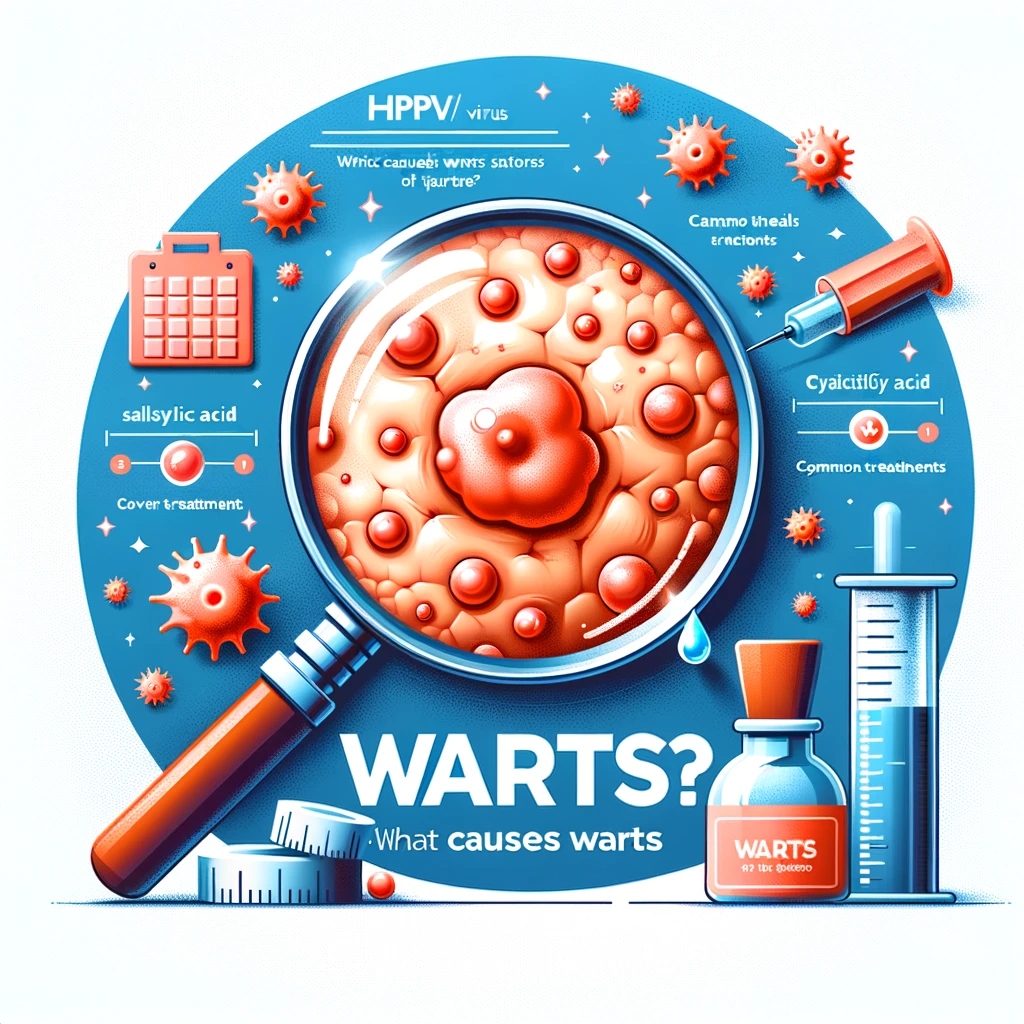Preeclampsia is a pregnancy complication characterized by high blood pressure and signs of damage to another organ system, most often the liver and kidneys. It usually begins after 20 weeks of pregnancy in women whose blood pressure had been normal. Understanding the causes and risk factors of preeclampsia is vital for the health and safety of both the mother and the baby.
Understanding Preeclampsia
Preeclampsia is a complex condition that can have serious, even fatal, complications for both the mother and baby if not properly managed. It’s one of the leading causes of maternal and infant illness and death worldwide.
Potential Causes and Risk Factors
The exact causes of preeclampsia are not fully understood, but several factors may play a role:
1. Blood Vessel Problems
Issues with the blood vessels supplying the placenta may contribute to preeclampsia. If the placenta doesn’t get enough blood, it can lead to a poorly functioning placenta, affecting the baby’s growth and increasing the mother’s blood pressure.
2. Immune System Factors
Some researchers believe that an inadequate immune response to pregnancy might play a role in the development of preeclampsia.
3. Genetics
A family history of preeclampsia increases the risk of developing the condition.
4. Existing Health Conditions
Pre-existing conditions like high blood pressure, diabetes, kidney disease, and obesity can increase the risk of preeclampsia.
5. First Pregnancy
The risk of preeclampsia is higher during the first pregnancy.
6. Age
Women over the age of 40, as well as teenage mothers, have a higher risk.
7. Multiple Pregnancy
Pregnancies with twins or triplets have a higher risk of preeclampsia.
8. Time Interval Between Pregnancies
Either a short (less than two years) or long (more than ten years) interval between pregnancies increases the risk.
Symptoms of Preeclampsia
It’s important to recognize the symptoms of preeclampsia, which can include:
- High blood pressure
- Protein in urine
- Severe headaches
- Changes in vision
- Upper abdominal pain
- Nausea or vomiting
- Decreased urine output
- Decreased levels of platelets in your blood
- Impaired liver function
Managing and Preventing Preeclampsia
There’s no definitive way to prevent preeclampsia. However, regular prenatal visits can help your doctor diagnose preeclampsia earlier and manage the condition. In some cases, low-dose aspirin and calcium supplements are recommended.
When to Seek Medical Attention
If you’re pregnant and experience any symptoms of preeclampsia, it’s essential to seek immediate medical attention. Early detection and proper management are crucial for the health and safety of both the mother and the baby.
Conclusion
Preeclampsia is a serious pregnancy complication with potentially severe consequences. Understanding the risk factors, recognizing the symptoms, and getting regular prenatal care are essential steps in managing and mitigating its impact.





